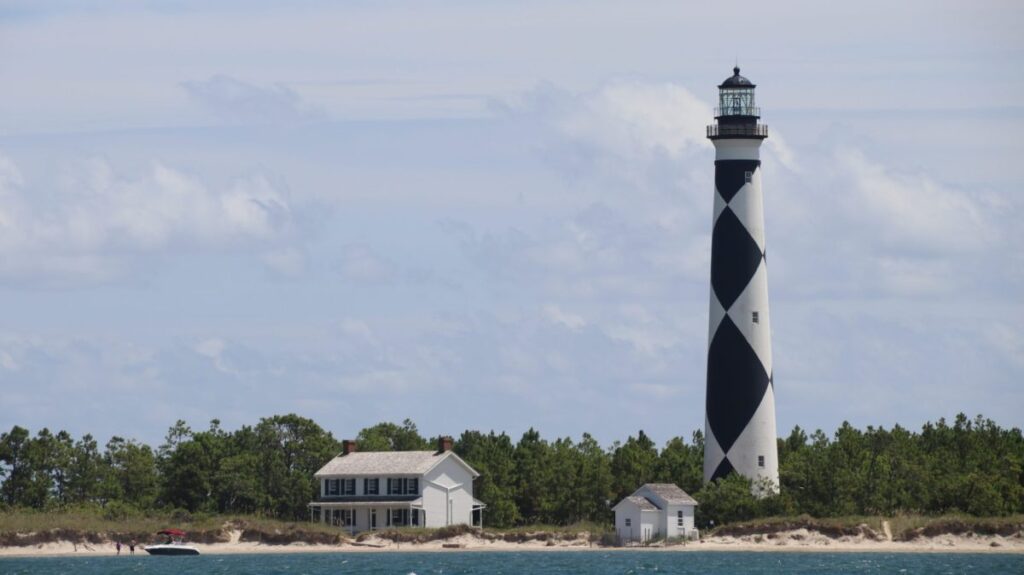Examining Diverse Management Objectives and Broadening Stakeholder Engagement for Climate Adaptation Planning of Historic Structures Within the National Park System

Project Information
Principal Investigator: Erin Seekamp, North Carolina State University
Proposed Project Completion: August 2025
Implements Science Plan Theme: Adaptation
Co-Investigators:
Xiao Xiao, Arizona State University
Mitchell Eaton, USGS Southeast Climate Adaptation Science Center
Overview
This project seeks to enhance the stewardship of historic buildings vulnerable to climate change impacts. As sea level rise and storm-related flooding and erosion threaten our nation’s cultural heritage, there is a critical need to ensure that climate change adaptation decisions, including what cultural resources will be “let go”, are transparent and informed by the opinion of people whose heritage is tied to those resources. This project aims to enhance an existing decision support framework that supports adaptation planning by the National Park Service at coastal parks. The researchers of this project will focus particularly on Cape Lookout National Seashore.
The current decision support framework, called the Optimal Preservation (OptiPres) Model, enables managers to consider complex tradeoffs during a 30-year planning period under different annual budget scenarios. However, the OptiPres Model is currently limited in that it only addresses one management objective; maximizing the resource value of buildings retained across the 30-year planning period. However, multiple management objectives drive decision making (for example, visitor safety and enjoyment and cost efficiency). This project will include ongoing engagement with partner organizations affiliated with two historic districts listed on the National Register of Historic Places, as well as the North Carolina Historic Preservation Office staff and National Park Service staff. The goal of this engagement is to broaden the involvement of invested people’s values and preferences into the OptiPres Model.
In addition, integration of different climate change effects, associated damage to historic buildings, and different strategies for recovery and adaptation into the OptiPres Model, will enhance the model’s utility and help to identify adaptation actions for historical structures to “best” prepare and recover from climate extreme events. Project results will enhance National Park Service managers’ understanding of the complex tradeoffs that need to be made when funding for adaptation is limited.
